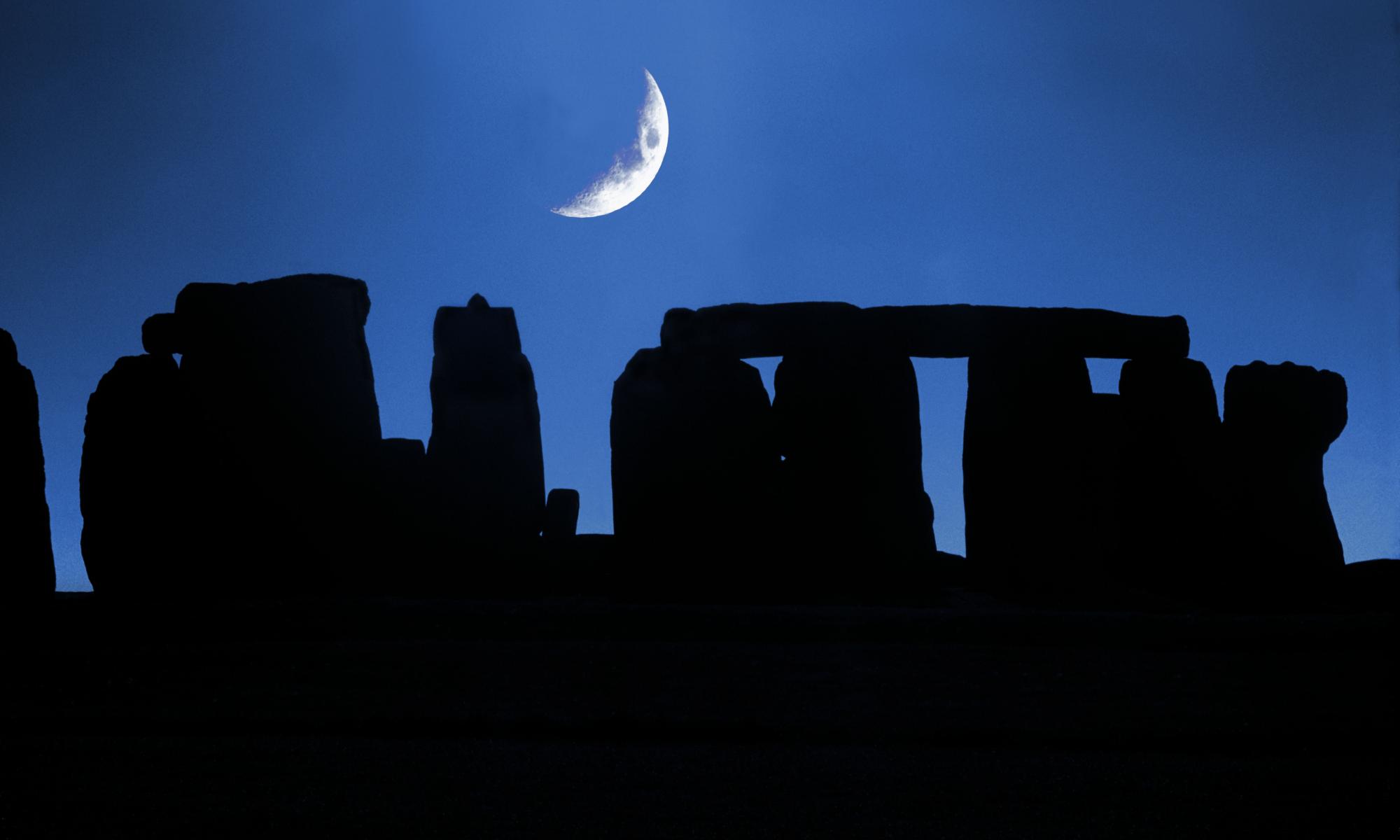
A major lunar standstill, which takes place every 18.6 years, will help academics to explore theories about Stonehenge. Photograph: Eyebyte/Alamy
The rising and setting of the sun at Stonehenge, especially during the summer and winter solstices, continues to evoke joy, fascination and religious devotion.
Now a project has been launched to delve into the lesser understood links that may exist between the monument and the moon during a once-in-a-generation lunar event.
A “major lunar standstill”, which takes place once every 18.6 years, when moonrise and moonset reach their farthest apart points along the horizon, will take place in January 2025.
This will give archaeologists, astronomers and archaeoastronomers a rare chance to explore theories surrounding the event and the ancient people of Stonehenge. Some experts believe the people who built the monument were aware of the major lunar standstill and may have buried their dead in a particular part of the site because of its relationship to the phenomenon.
It is also possible that four “station stones” forming a rectangle at the site – two of which are still standing – may have been positioned to mark the major lunar standstill.
Within a year or so either side of a major lunar standstill the moon can be seen from time to time rising or setting unusually far to the north or south, giving a healthy window for studies to be made.
English Heritage is planning to livestream the southernmost moonrise and host a series of events throughout the standstill season, including talks, a pop-up planetarium, stargazing and storytelling sessions and a new display in the exhibition space.
Clive Ruggles, emeritus professor of archaeoastronomy at Leicester University, said the alignment of the monument to the sun at midsummer and midwinter meant there was little doubt of its significance to the builders of Stonehenge. “But what we’re a lot less clear about is whether there’s any physical connections between the monument and the moon,” he said.
During the early phase of Stonehenge, between about 3000 and 2500BC, people were burying the cremated remains of the dead and placing offerings in the ditch and bank of the henge, and in the so-called Aubrey Holes – 56 pits within the ditch that may originally have held upright timber posts.
Many of these cremations were concentrated in the south-east of the monument, broadly aligning with the most southerly rising position of the moon.
The station stones were probably put in place around the same time as the large sarsen stones as they came from the same spot, West Woods in Marlborough.
Ruggles said: “The station stones align with the moon’s extreme positions, and researchers have debated for years whether this was deliberate, and – if so – how this was achieved and what might have been its purpose.”
He said it would be no surprise if ancient people did take notice of the moon. “People have been conscious of the phase cycle of the moon going back tens of thousands of years. What I think may have been the case at Stonehenge, and this is what we’re interested to explore, is that around the time of a major standstill people noticed the moon rising or setting unusually far to the north or south, realised this was something special, and came to venerate and eventually to monumentalise the directions concerned. You can imagine the elders recalling a time when they saw the moon in a sacred direction and then, a generation later, people’s awe at starting to see this again.”
Jennifer Wexler, a Stonehenge historian for English Heritage, said: “We’re excited to be working with a brilliant team of archaeoastronomers to explore the fascinating link between Stonehenge and the major lunar standstill. This opportunity allows us to delve deeper into the monument’s ancient mysteries and its relationship with celestial phenomena.”
English Heritage is also working with counterparts at the University of Colorado, Boulder, and the US Department of Agriculture’s forest service for a series of events comparing lunar alignments at Stonehenge and at Chimney Rock, Colorado, a Chacoan ancient settlement. “I think it will really surprise people,” said Wexler. “We’re so focused on the sun at Stonehenge. We almost never mention the moon.”
Amanda Chadburn, an archaeologist and member of Kellogg College, University of Oxford, said: “Observing this connection first-hand in 2024 and 2025 is crucial. Tracking the moon’s extremes isn’t straightforward, requiring specific timing and weather conditions. We want to understand something of what it was like to experience these extreme moonrises and sets and to witness their visual effects on the stones, for example, patterns of light and shadow.”
News Related-
Up to 40 Tory MPs ‘set to rebel’ if Sunak’s Rwanda plan doesn’t override ECHR
-
Country diary: A tale of three churches
-
Sunak woos business elite with royal welcome – but they seek certainty
-
Neil Robertson shocked by bad results but has a plan to turn things round
-
Tottenham interested in move to sign “fearless” £20m defender in January
-
Bill payers to stump up cost of £100m water usage campaign
-
Soccer-Venue renamed 'Christine Sinclair Place' for Canada soccer great's final game
-
Phil Taylor makes his pick for 2024 World Darts Championship winner
-
Soccer-Howe aims to boost Newcastle's momentum in PSG clash
-
Hamilton heads for hibernation with a word of warning
-
Carolina Panthers fire head coach Frank Reich after 1-10 start to the season
-
This exercise is critical for golfers. 4 tips to doing it right
-
One in three households with children 'will struggle to afford Christmas'
-
Biden apologised to Palestinian-Americans for questioning Gaza death toll, says report
